As we have watched the Olympic Games in the last couple of weeks, the flags of each country have been displayed by the athletes representing the various countries and by supporters who wished to show their allegiances. These flags are akin to a trade mark but, instead of distinguishing the goods of services of one undertaking from those of another, flags distinguish the athletes of one country from those of another.
But what protection is there for flags, and other state symbols, which may distinguish one country from those of another? For example, can anyone register a trade mark containing an image of the tricolour, a shamrock or a harp? Can anyone register a depiction of the British Crown or armorial bearings?
The answer is no. These national symbols are protected in law and only those goods or services which qualify should be able to register such signs.
The Paris Convention for the Protection of Industrial Property and to which 177 countries / territories are currently party address the issue of the protection of “armorial bearings, flags and other State emblems”. Other than flags, those emblems which a State wishes to protect have to be communication to the World Intellectual Property Organisation (WIPO) which maintains a register.
Those signs Ireland has registered as state emblems include various depictions of the harp and of the shamrock, e.g.,
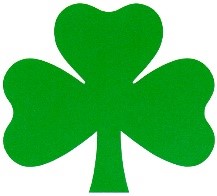
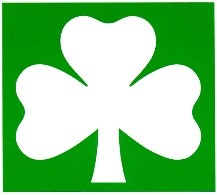
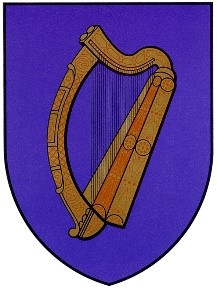
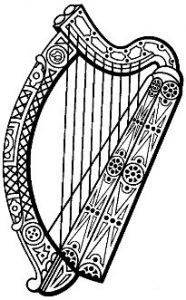
The UK has also registered a number of state emblems, including a number of depictions of crowns and armorial bearings including
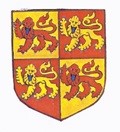



Article 6ter of the Paris Convention essentially is only applicable to trade marks and obliges those states which are party to the Paris Convention to refuse to grant an application to register, or to invalidate a trade mark registration, if the subject mark is, or contains, one of the protected state emblems.
The State has control over who can be permitted to use these signs and therefore, they can be used and registered if the necessary permission has been procured.
Each member state has to put the Paris Convention into its own laws. As such, the Irish Trade Mark Act 1996 specifically states that: –
“A trade mark which consists of or contains any State emblem of Ireland or any insignia or device so nearly resembling such emblem that it may be mistaken for such emblem shall not be registered unless the Controller is satisfied that consent for its registration has been given by the Minister”
By contrast a trade mark which consists of, or contains, a representation of the tricolour in Ireland can be used and registered so long as such use is not “misleading or grossly offensive”.
The UK Trade Mark Act 1994 on the other hand protects various signs of importance in the UK including Royal Arms, armorial bearings, representation of Royal crown and Royal flags, representations of members of the Royal Family, words letters or device which would give rise to a belief of royal patronage, and various arms unless consent has been obtained from the relevant parties or authorities.
Like in Ireland, the national flag of the UK, i.e., the Union Jack as well as the flags of England, Wales, Scotland and Northern Ireland can be used and registered as part of a trade mark if it is not “misleading or grossly offensive”.
In both Ireland and the UK trade marks consisting of, or containing, the armorial bearing or other state emblems of another state cannot be registered “without the authorisation of the competent authorities of that country” and the flag of another country can be registered if it appears to the administrating authorities that use of the flag in the manner proposed is permitted without authorisation.
So, when considering whether to include a flag in your trade mark make sure your use is neither misleading or offensive and, if you wish to include a state emblem, you will require the consent of the relevant authorities of that country.
Should you have any questions about your trade mark, please contact us on mail@maclachlan.ie or info@ansons.co.uk and we would be glad to assist.


